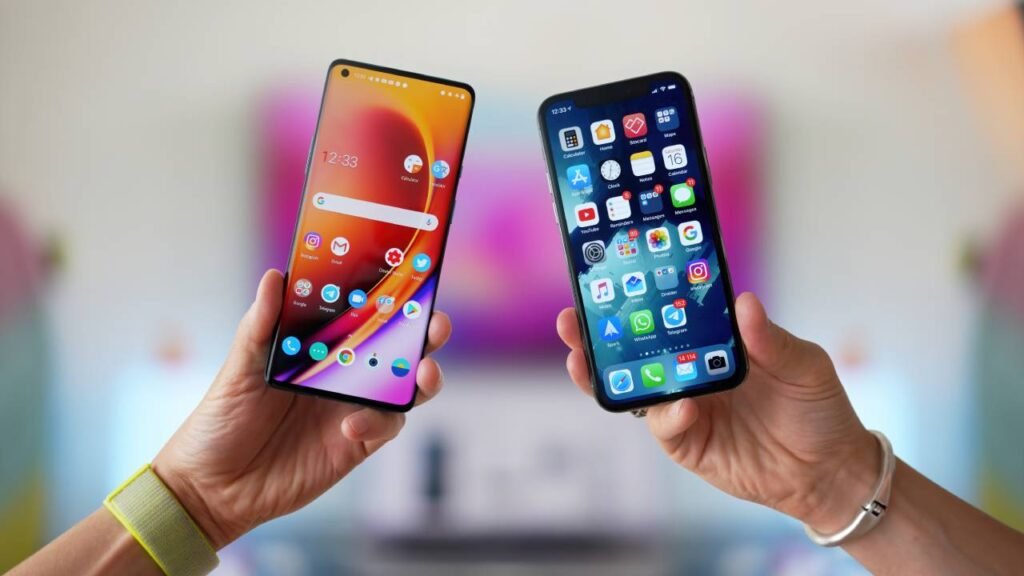Kenyans are increasingly turning to the “Lipa pole pole” alternative, also known as the hire purchase plan, to afford smartphones amid high costs and limited credit access, according to a recent survey by the Kenya National Bureau of Statistics (KNBS).
The 2024 FinAccess Household Survey found that 9.9% of Kenyan adults are using this payment plan because they cannot afford expensive mobile phones.
Youth from rural areas make up 45.5% of this group. Additionally, 53.7% of Kenyans own a mobile phone, with the majority in urban areas (64.6%) compared to rural areas (48.6%).
In this financial gap, more Kenyans, especially those at the lower end of the economic spectrum, are paying for their phones in daily installments.
The Lipa pole pole plan offers an alternative to outright purchases, where buyers typically make a down payment of around 40% and then pay in daily installments. However, buyers often end up paying much more than the phone’s original price due to interest rates and daily fees.
Experts say these plans are a good option for those with low incomes who cannot afford a one-off purchase, but they emphasize the importance of mutual interest between the buyer and the store.
“It all depends on affordability. At the end of the day, they pay more than they would have in a one-off purchase. But they can’t afford the lump sum,” said Churchill Ogutu, an economist with IC Group. He also pointed out that such payment plans could hurt low-income earners’ financial stability.
“The risk is that it does not help you map out your average consumption and expenditure. It tends to distort you because you consume today and pay more over a longer period. That’s not the best financial habit to adopt,” Ogutu added.
A spot check in Nairobi’s Central Business District reveals that many retail phone stores sell phones under hire purchase terms, with the general perception being that the Lipa pole pole plan makes smartphones available to people with lower buying power.
However, it is an expensive option and can sometimes be inconvenient for users. Retailers install tracking apps on phones to reduce the risk of nonpayment. If the buyer fails to make a payment, the app allows the retailer to remotely disable the phone, which disadvantages the user by preventing phone use until the full payment is made.
KNBS says the number of people using the Lipa pole option has significantly increased, rising from 579,242 in 2021 to 1,751,994 in 2024. Many attribute this rise to financial challenges and unscrupulous behavior.
The agency also found that 53.7% of Kenyans own a mobile phone, with urban areas seeing higher ownership rates than rural regions. Additionally, 11.3% of Kenyans are using gadgets that are not their own, relying on borrowed or shared phones. The trend is more common in cities (11.8%) than in rural areas (11%).
– By Victor Adar


